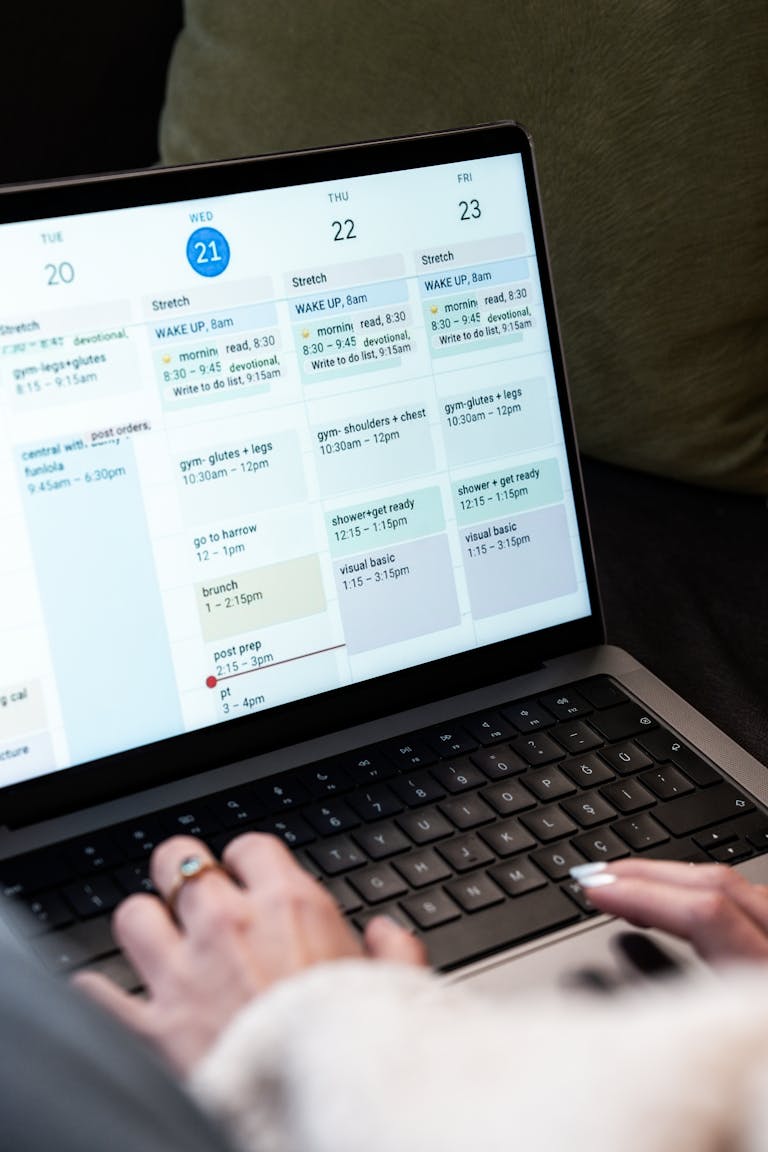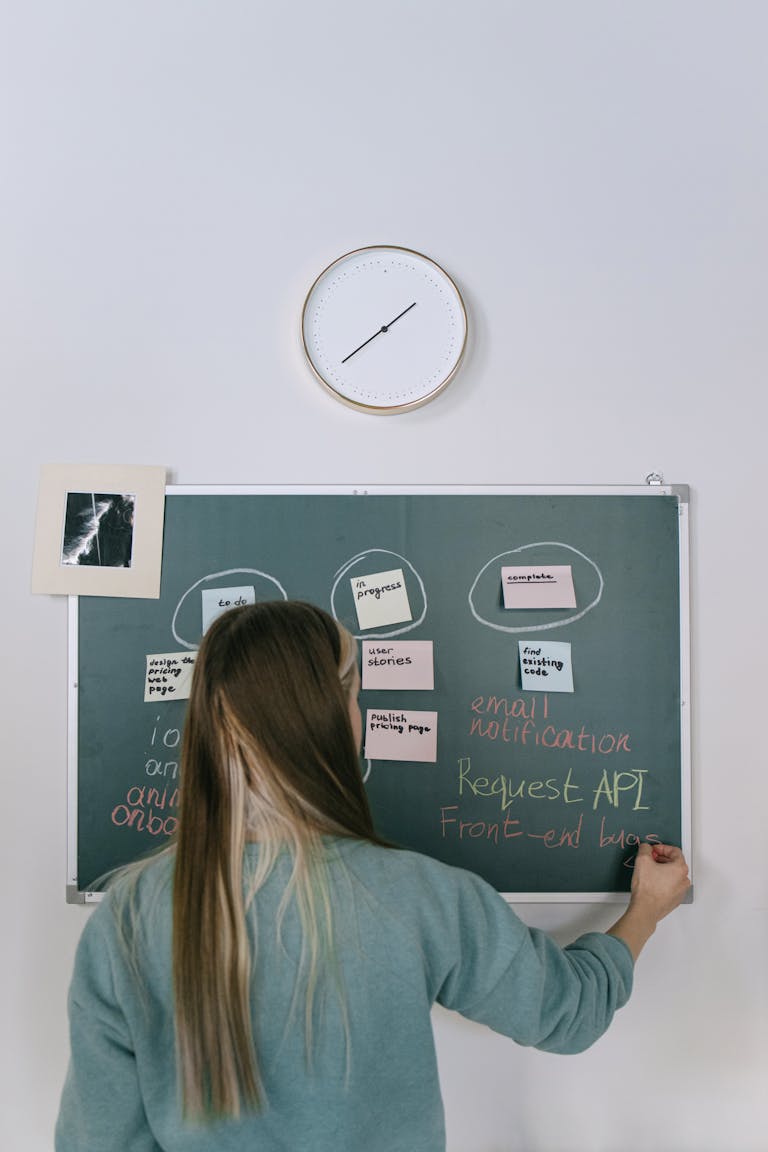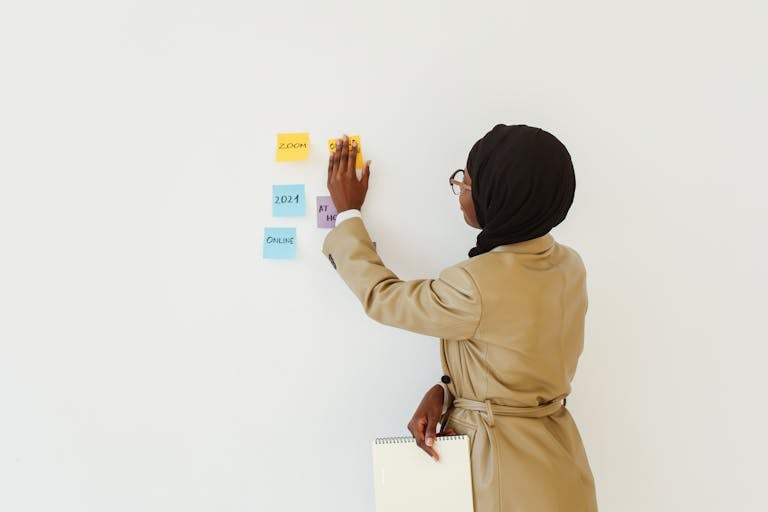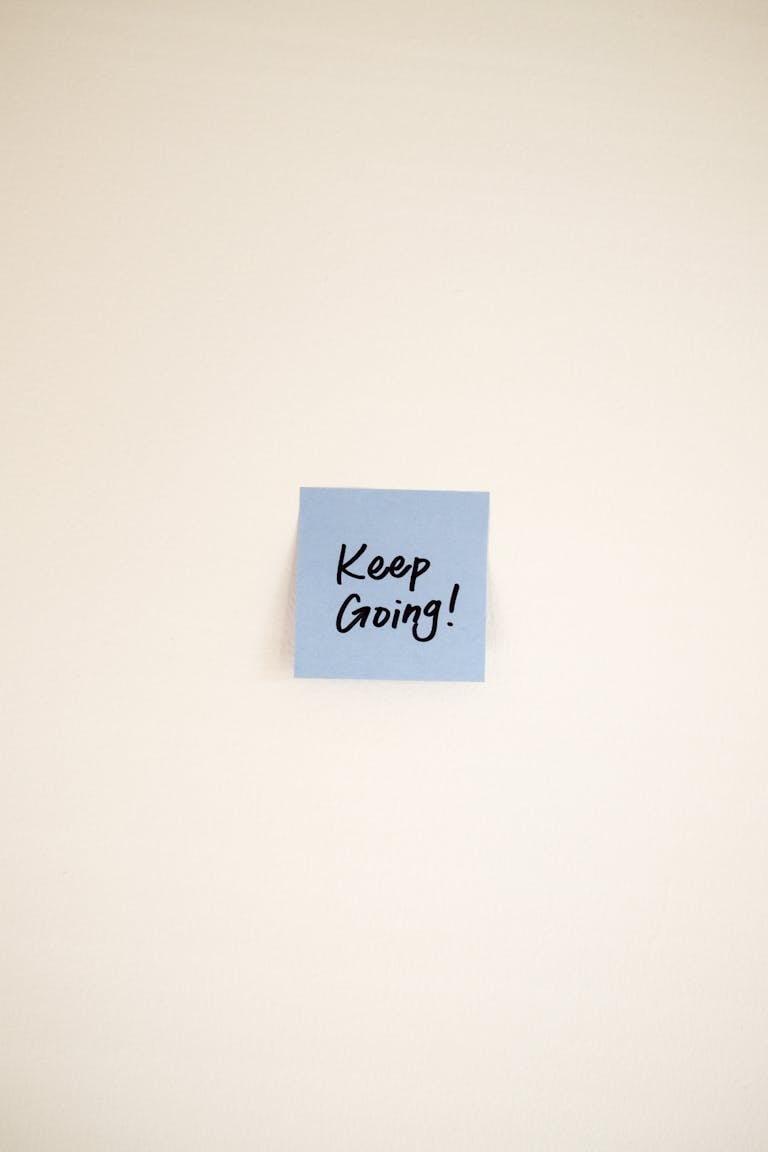In the digital age, the lines between work and personal life have become increasingly blurred. Constant emails, notifications, and the pressure to stay connected 24/7 can lead to digital burnout. If you feel overwhelmed by technology or find it difficult to switch off, you’re not alone. Fortunately, there are several strategies you can implement to avoid digital burnout and maintain a healthy work-life balance. In this article, we explore practical tips for managing your screen time, setting boundaries, and prioritizing self-care.

1. Recognize the Signs of Digital Burnout
Before you can address digital burnout, it’s important to recognize the signs. Symptoms include feelings of constant fatigue, difficulty concentrating, irritability, and a sense of being always “on.” If you find yourself checking your phone first thing in the morning or responding to work emails late at night, you may be at risk of burnout.
If you’re experiencing any of these symptoms, it’s time to reassess your digital habits and take steps to regain control over your time and energy.
2. Set Boundaries with Technology
One of the most effective ways to avoid digital burnout is to establish clear boundaries between your work and personal life. This involves consciously deciding when and how to engage with digital devices.
2.1 Create Tech-Free Zones
Designate certain areas of your home or workplace as tech-free zones. For example, avoid bringing your phone into the bedroom or create a designated space for work-related activities. By establishing these boundaries, you create physical and mental separation from digital distractions, allowing your brain to rest.
2.2 Set Specific Work Hours
With the rise of remote work, many people find it difficult to “turn off” at the end of the day. To prevent burnout, set specific work hours and stick to them. After work, resist the urge to check emails or take work-related calls. Set clear expectations with colleagues or clients about your availability.
3. Limit Screen Time
Excessive screen time is a major contributor to digital burnout. From social media scrolling to endless meetings, too much screen time can negatively affect your mental and physical health.
3.1 Use Screen Time Management Tools
Many devices offer built-in tools to monitor and limit screen time. For example, on iOS devices, you can use Screen Time to track how much time you spend on apps and set limits for certain activities. On Android, use the Digital Wellbeing feature to monitor app usage and set restrictions.
3.2 Take Regular Breaks
Staring at a screen for extended periods can cause eye strain, headaches, and mental fatigue. To avoid burnout, take regular breaks to rest your eyes and clear your mind. The 20-20-20 Rule is a simple technique where you take a 20-second break every 20 minutes and focus on something 20 feet away. This helps reduce eye strain and gives your mind a chance to reset.
4. Prioritize Self-Care and Offline Activities
Taking care of your physical and mental health is crucial for avoiding burnout. Engage in offline activities that help you recharge and disconnect from technology.
4.1 Practice Mindfulness
Mindfulness techniques, such as deep breathing or meditation, can help you reduce stress and stay grounded. Regular mindfulness practices have been shown to improve focus, reduce anxiety, and enhance overall well-being.
4.2 Engage in Physical Activity
Exercise is a powerful tool for combating digital burnout. Physical activity releases endorphins, improves mood, and reduces stress. Whether it’s going for a walk, practicing yoga, or hitting the gym, regular exercise will help you feel more balanced and energized.
5. Simplify Your Digital Life
Another way to avoid digital burnout is to simplify your digital life. With constant updates, apps, and notifications, it’s easy to feel overwhelmed by technology. Take steps to declutter your digital environment and reduce unnecessary distractions.
5.1 Unsubscribe from Unnecessary Emails
If your inbox is constantly flooded with newsletters, promotional offers, or unwanted messages, take the time to unsubscribe from those you don’t need. This simple step can significantly reduce digital overload and help you focus on what’s truly important.
5.2 Organize Your Digital Files
A cluttered digital workspace can increase feelings of stress and overwhelm. Take the time to organize your files and folders, delete duplicates, and prioritize the most important content. Use cloud storage services like Google Drive or Dropbox to keep everything organized and easily accessible.
6. Disconnect for Mental Clarity
Sometimes, the best way to avoid digital burnout is to take a complete break from technology. Disconnecting from screens for a period of time can help you reset and clear your mind.
6.1 Schedule Digital Detox Days
A digital detox involves taking a break from all digital devices for a set period. Whether it’s for a few hours, a full day, or even a weekend, a digital detox allows you to reconnect with yourself, your loved ones, and your surroundings without the constant distraction of screens.
6.2 Practice Offline Hobbies
Engage in activities that don’t involve technology, such as reading, gardening, or cooking. These offline hobbies provide a much-needed break from the digital world and allow you to recharge mentally and emotionally.
Q: How can I tell if I’m experiencing digital burnout?
A: Signs of digital burnout include fatigue, irritability, difficulty concentrating, and feeling overwhelmed by digital tasks. If you constantly feel “on” and struggle to disconnect, you may be experiencing burnout.
Q: What’s the best way to reduce screen time?
A: Use screen time management tools on your devices to monitor and limit usage. Take regular breaks from screens, and engage in offline activities to give your eyes and mind a break.
Q: How can I maintain a work-life balance while working remotely?
A: Set clear work hours, create designated workspaces, and avoid checking emails after hours. Establish boundaries with your employer and colleagues to prevent work from intruding on your personal time.
Take Charge of Your Digital Well-Being
If you’re feeling overwhelmed by technology, it’s time to take action. Start by setting clear boundaries, limiting screen time, and prioritizing self-care. Remember, achieving a healthy work-life balance is essential for maintaining your long-term well-being.

I’m EKBAL HOSSAIN MONDAL, the creator of SmartSolveTips.com — a blog dedicated to helping people improve productivity, avoid digital burnout, and live better online. With years of hands-on experience in self-development and digital wellness, I write practical tips and tools to help you stay focused and thrive in a fast-paced digital world.






